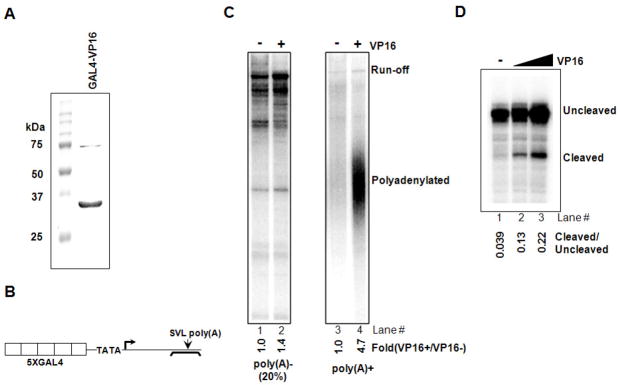Figure 1. GAL4-VP16 activates transcription-coupled polyadenylation.
(A) Purification of bacterially expressed GAL4-VP16. His-tagged GAL4-VP16 was purified by using talon resin (clontech), and 5 μg resolved by SDS-PAGE.
(B) Schematic of the DNA template used for transcription-coupled polyadenylation assays. The template contained tandem repeats of GAL4 binding sites upstream of the adenovirus E4 core promoter region and SVL poly(A) site downstream. The position of the RNA probe used to analyze cleavage levels is also indicated.
(C) Transcription-polyadenylation assay with or without GAL4-VP16. After reactions in HeLa NE, RNAs were purified, separated by oligo(dT) selection into poly(A)- and poly(A)+ fraction, and analyzed on 5% denaturing gel. Run-off and polyadenylated products were quantitated with ImageJ and results are shown at the bottom of each lane.
(D) RNase protection assay to examine cleavage level. After transcription-polyadenylation was carried out as in (C) without radioactive α-32P UTP, RNAs were isolated, treated with turbo-DNase (ambion) and subject to RNase protection analysis. Quantitation of cleaved and uncleaved products were done with ImageJ and the results are shown at the bottom of each lane.

